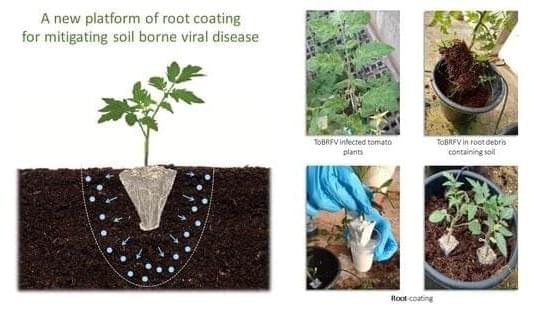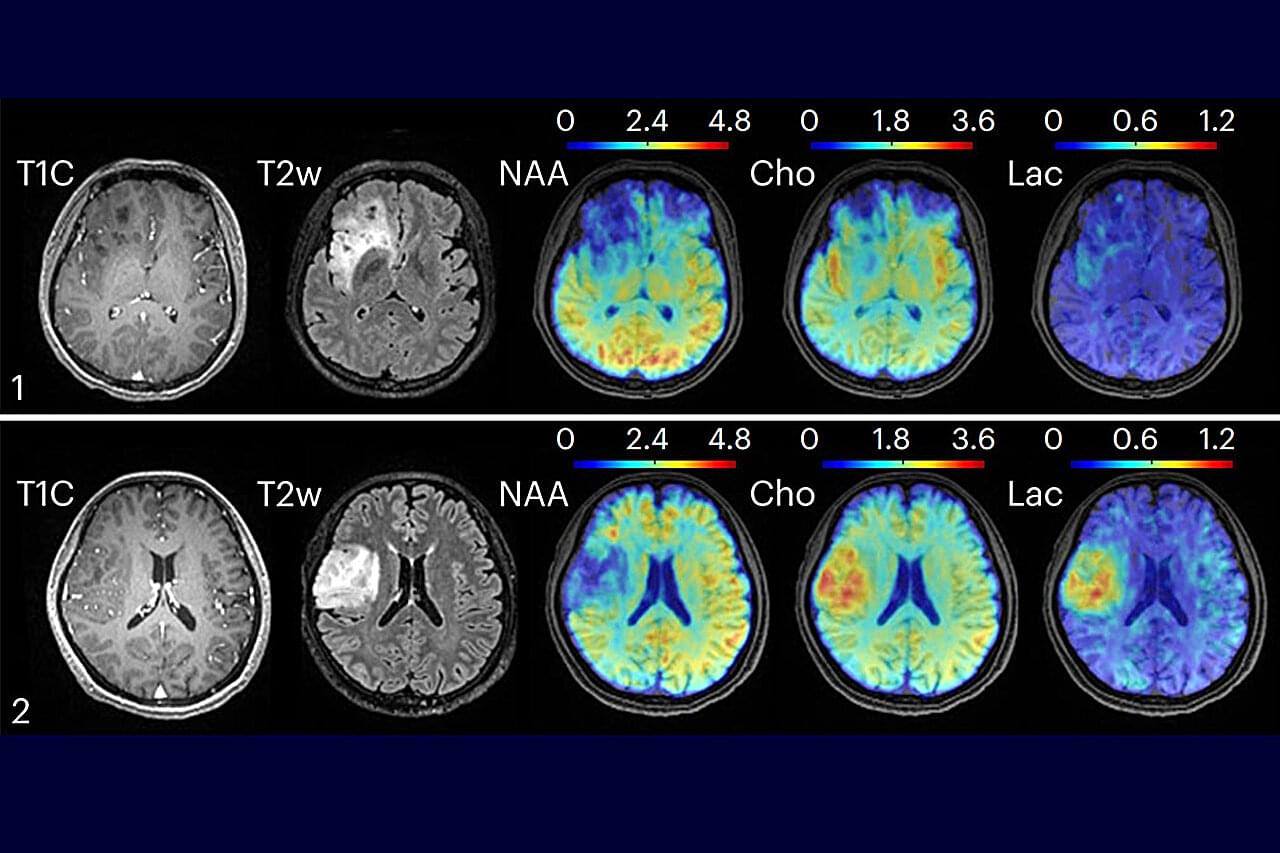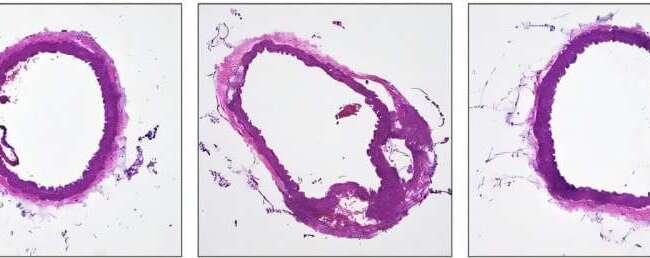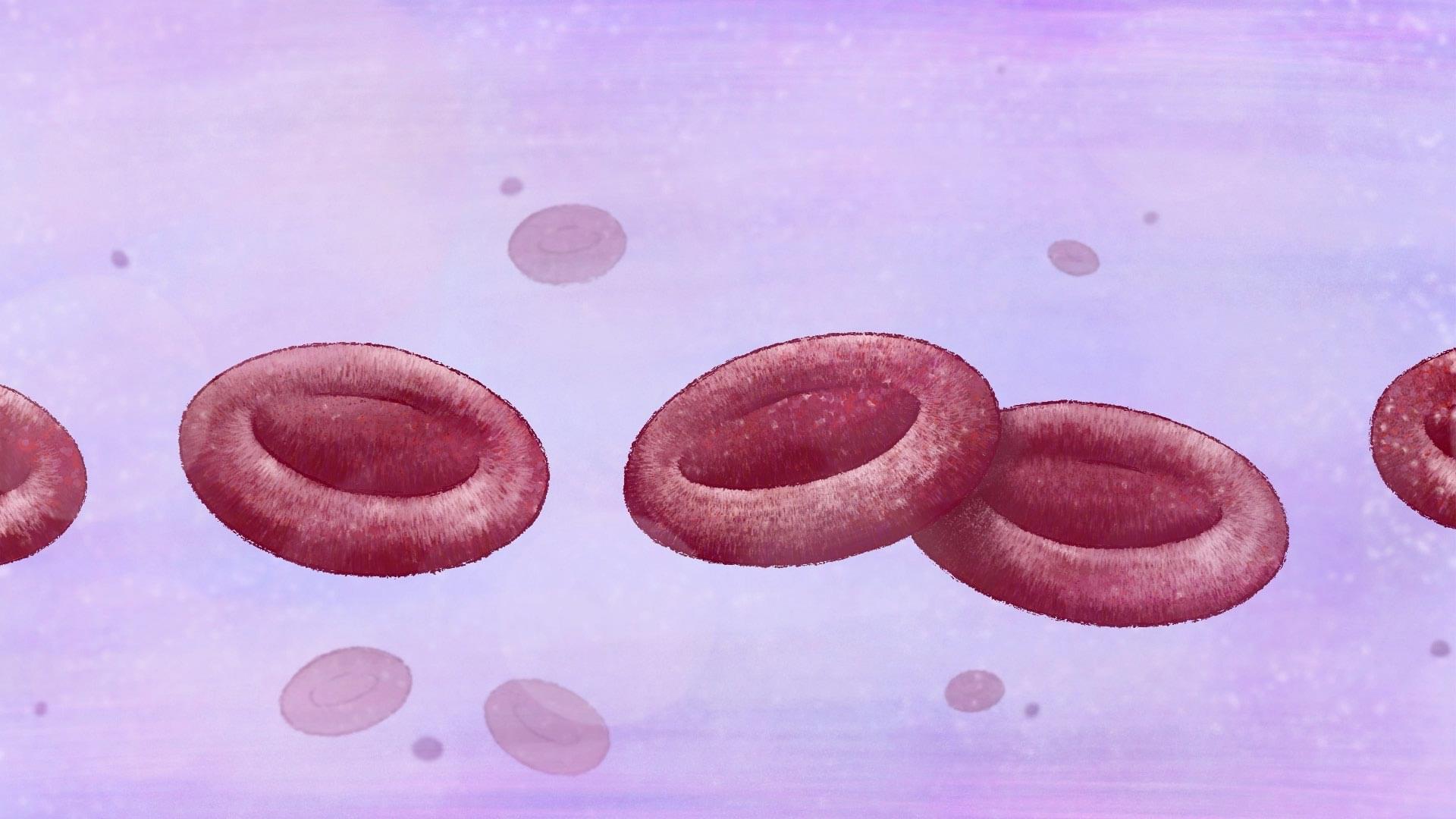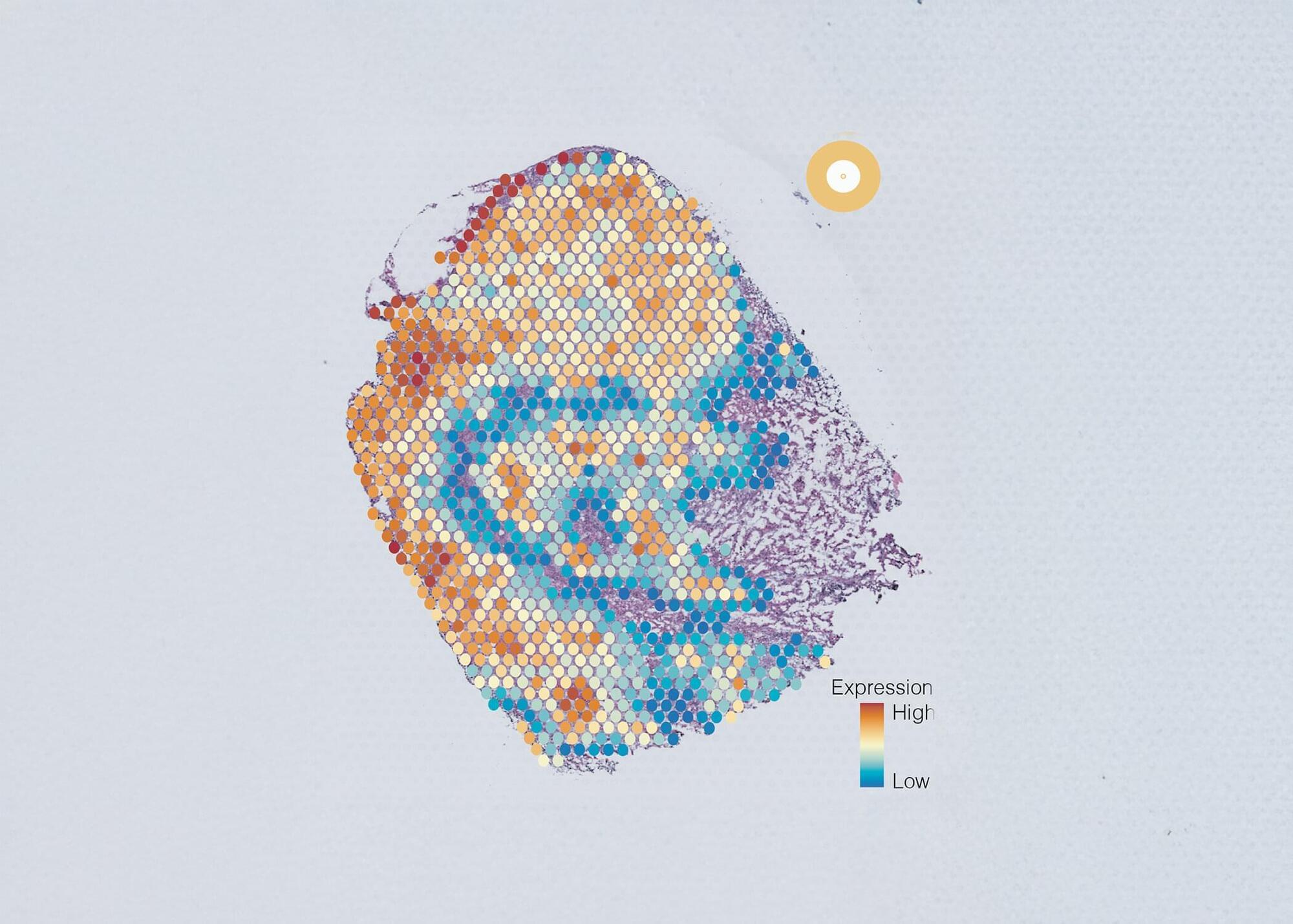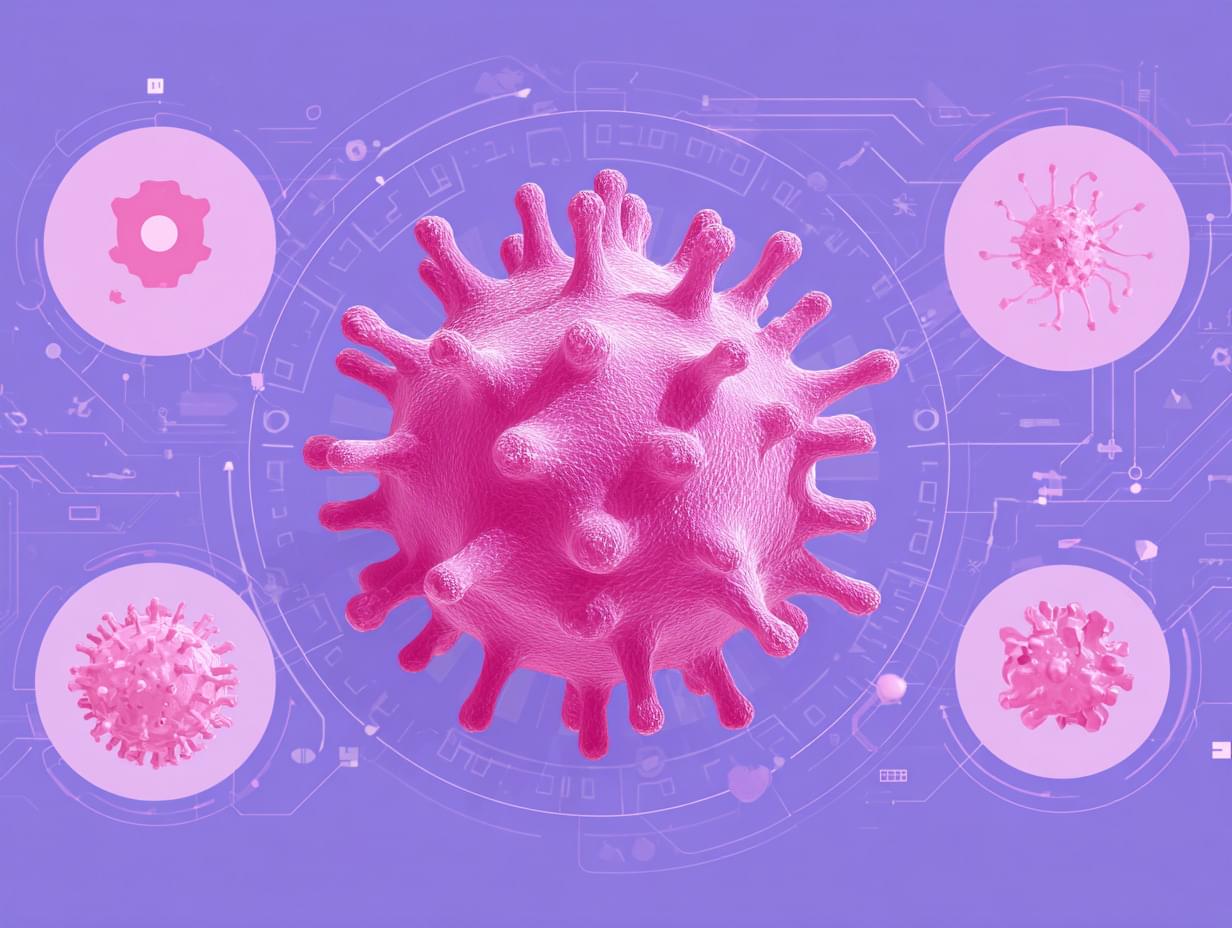Tomato brown rugose fruit virus (ToBRFV) is a soil-borne virus showing a low percentage of ca. 3% soil-mediated infection when the soil contains root debris from a previous 30–50 day growth cycle of ToBRFV-infected tomato plants. We designed stringent conditions of soil-mediated ToBRFV infection by increasing the length of the pre-growth cycle to 90–120 days, adding a ToBRFV inoculum as well as truncating seedling roots, which increased seedling susceptibility to ToBRFV infection. These rigorous conditions were employed to challenge the efficiency of four innovative root-coating technologies in mitigating soil-mediated ToBRFV infection while avoiding any phytotoxic effect. We tested four different formulations, which were prepared with or without the addition of various virus disinfectants. We found that under conditions of 100% soil-mediated ToBRFV infection of uncoated positive control plants, root-coating with formulations based on methylcellulose (MC), polyvinyl alcohol (PVA), silica Pickering emulsion and super-absorbent polymer (SAP) that were prepared with the disinfectant chlorinated-trisodium phosphate (Cl-TSP) showed low percentages of soil-mediated ToBRFV infection of 0%, 4.3%, 5.5% and 0%, respectively. These formulations had no adverse effect on plant growth parameters when compared to negative control plants grown under non ToBRFV inoculation conditions.
